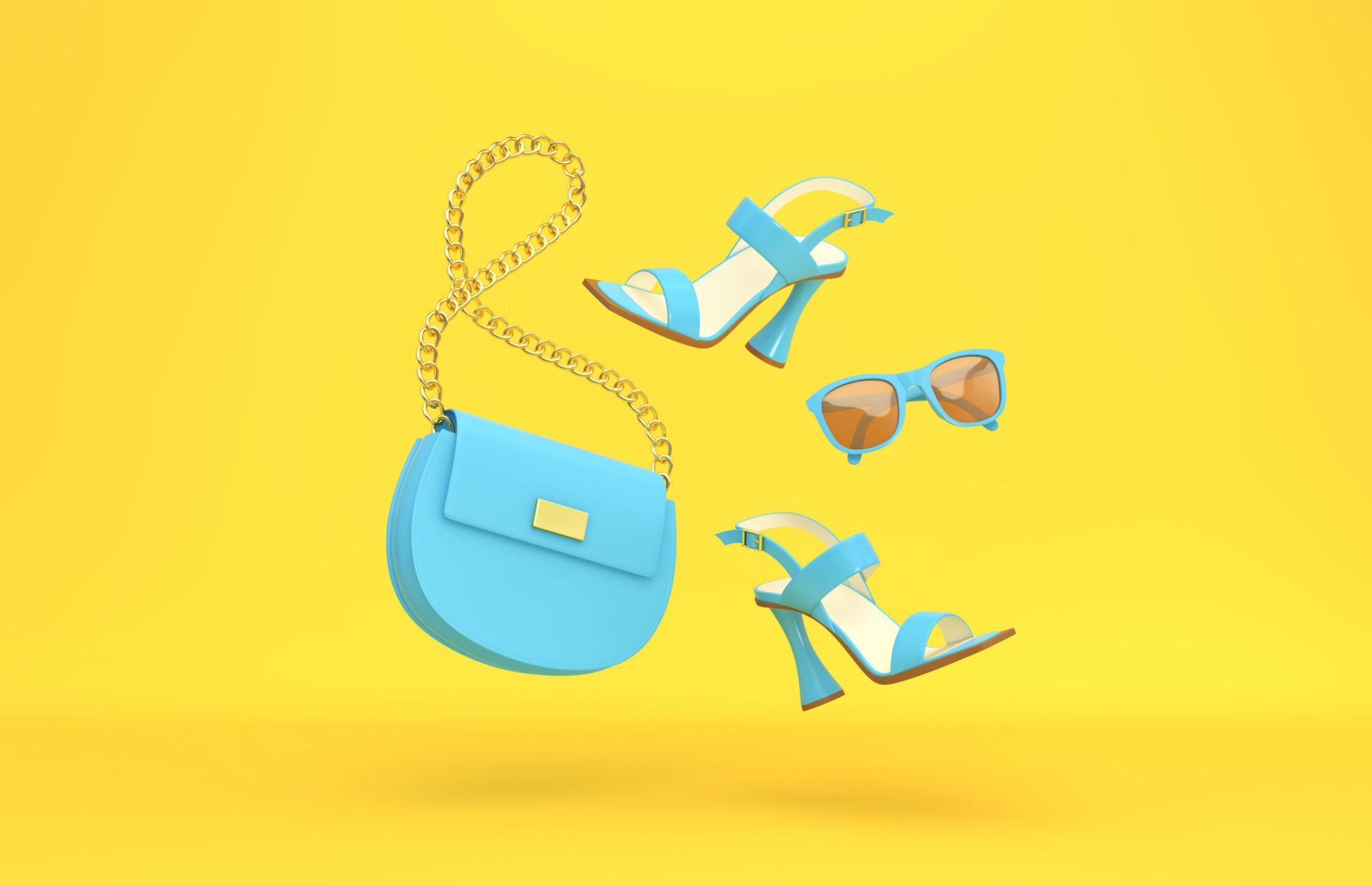A Beginner's Guide to Digital Fashion Design
Introduction to Digital Fashion Design
Digital fashion design is revolutionizing the way we create, view, and interact with fashion. With advancements in technology, designers can now craft intricate garments and accessories using digital tools without ever needing to cut a piece of fabric. This beginner's guide will walk you through the essentials of digital fashion design, opening up a world of creativity and innovation.

Why Digital Fashion Design?
The fashion industry is rapidly evolving, and digital design is at the forefront of this change. By embracing digital tools, designers can save time, reduce waste, and experiment with limitless possibilities. Not only does this method provide more sustainable options, but it also allows for greater precision and creativity. Moreover, digital fashion can reach a global audience instantly, offering a platform for designers to showcase their work without geographical limitations.
Essential Tools and Software
To get started with digital fashion design, you'll need to familiarize yourself with essential software and tools. Some of the most popular options include:
- Adobe Illustrator: Widely used for sketching and vector design.
- CLO 3D: A powerful tool for creating 3D garment simulations.
- TUKAcad: Ideal for pattern making and grading.
- Browzwear: Another excellent choice for 3D fashion design and development.

Understanding 3D Modeling
One of the most exciting aspects of digital fashion design is 3D modeling. This technique allows designers to create lifelike representations of garments on virtual avatars. With 3D modeling, you can experiment with different textures, colors, and fits without any physical limitations. This not only enhances the creative process but also provides valuable insights into how a design will translate into the real world.
Learning Resources and Tutorials
For beginners eager to dive into digital fashion design, numerous resources are available online. Platforms like YouTube and Skillshare offer tutorials ranging from basic introductions to advanced techniques. Additionally, many software companies provide their own educational materials to help users get the most out of their tools. Investing time in learning from these resources can dramatically accelerate your skills and understanding of digital fashion.

The Role of Virtual Reality and Augmented Reality
Virtual reality (VR) and augmented reality (AR) are becoming increasingly important in digital fashion design. These technologies offer immersive experiences that allow designers and consumers to interact with garments in new ways. For instance, AR apps can let users try on clothes virtually before making a purchase, while VR environments provide a platform for virtual fashion shows and exhibitions.
Building a Portfolio
As you develop your skills in digital fashion design, building a strong portfolio is crucial. Your portfolio should showcase your best work and demonstrate your range as a designer. Include a variety of projects that highlight different aspects of your capability, such as 3D modeling, pattern making, and digital illustrations. A well-rounded portfolio will not only attract potential clients or employers but also serve as a testament to your growth and creativity in the field.
Conclusion: The Future of Fashion
The future of fashion is undeniably digital. As more designers embrace digital tools and techniques, the industry will continue to evolve, offering endless possibilities for innovation and sustainability. Whether you're a budding designer or an industry veteran looking to expand your skill set, now is the perfect time to explore the dynamic world of digital fashion design.
